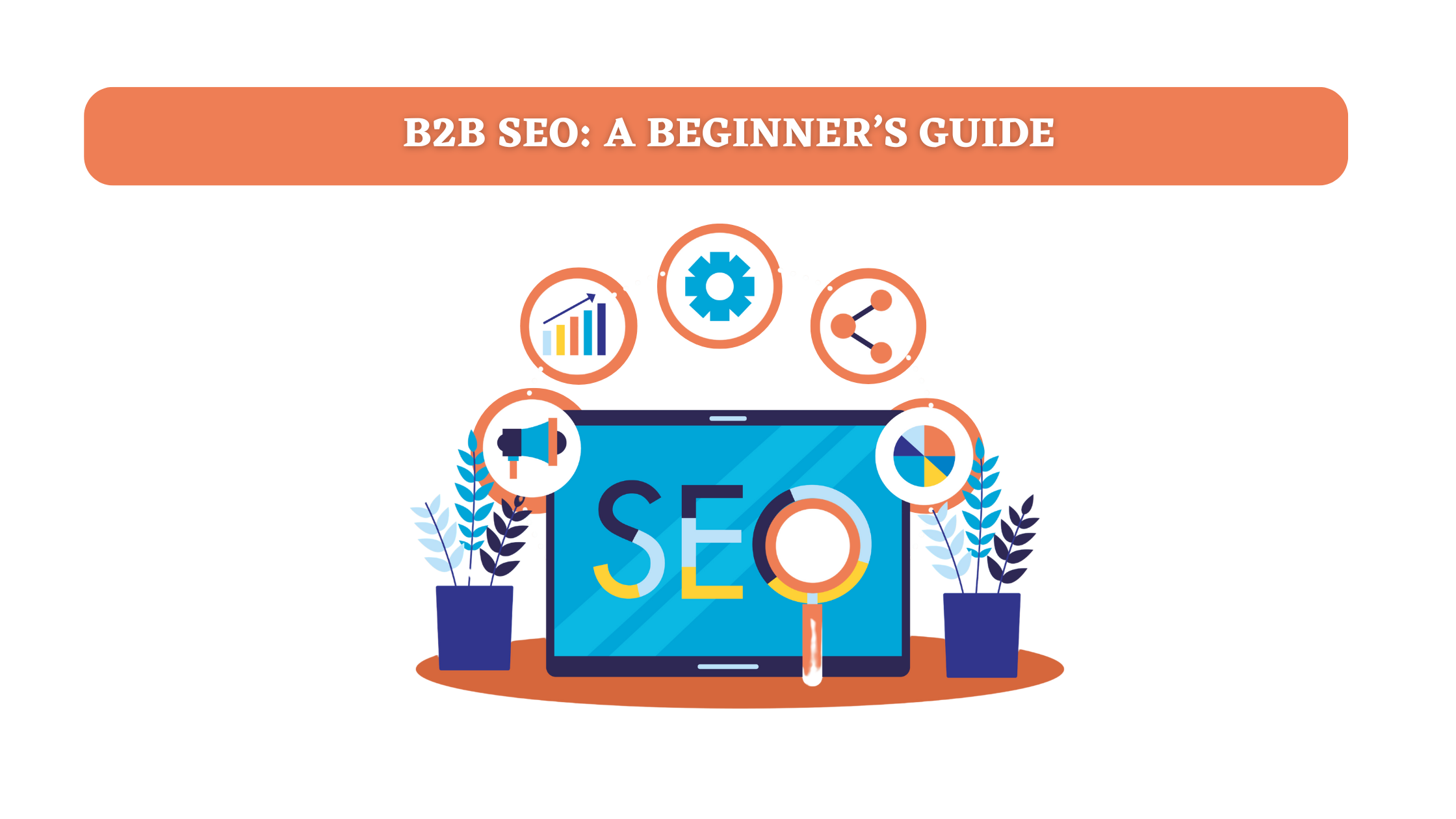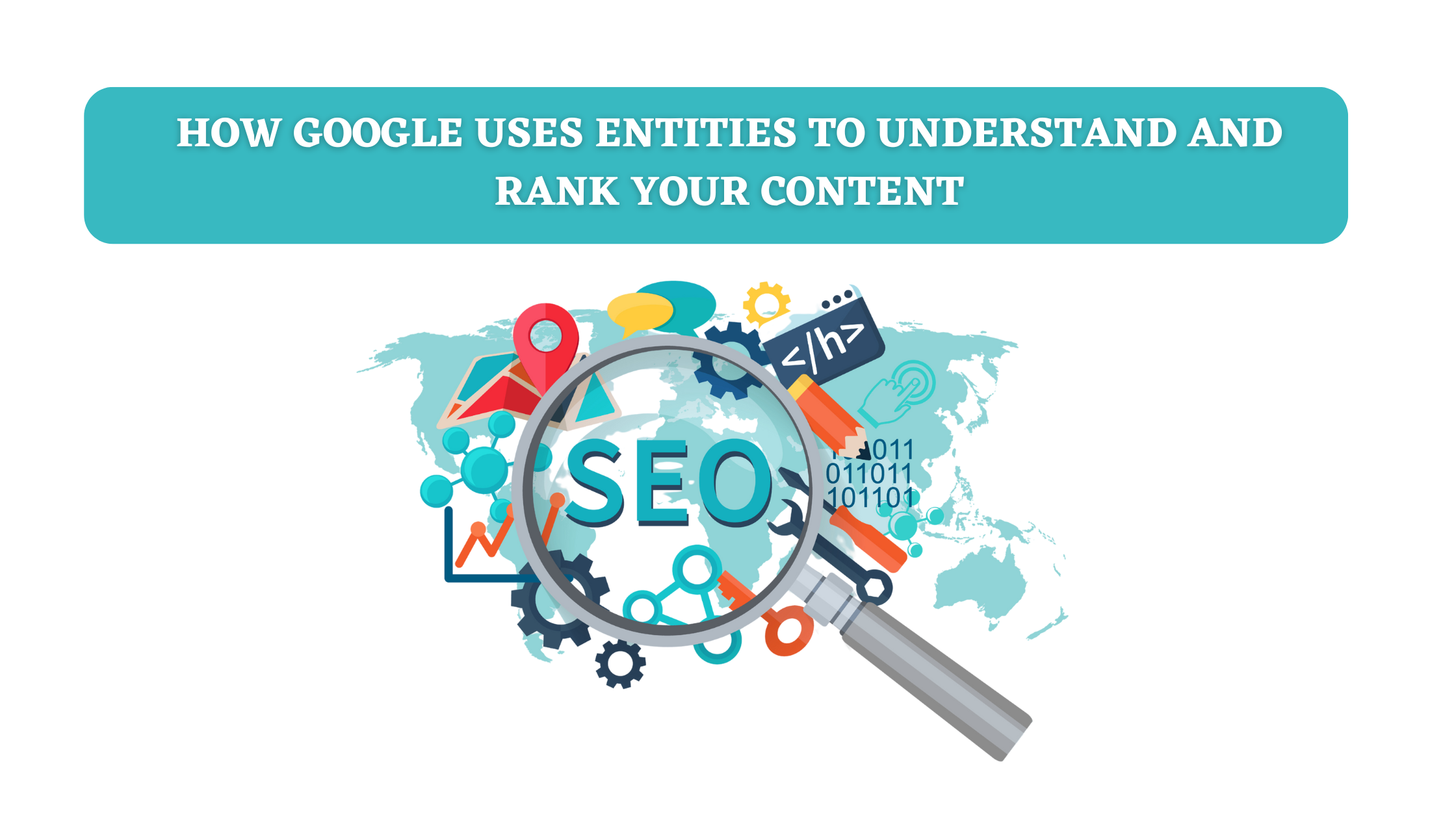Most buyers conduct their research online long before they contact a salesperson. About two-thirds of B2B buyers discover products through internet search results. If...
When I asked a smart speaker for a recipe last week, I didn’t expect to get a single line and move on. Instead, it suggested a starter, an easy substitution for an ingredient I didn’t have, and a link to a local shop.
That short interaction is a prototype of search now: it’s not just index + rank. It’s an answer + experience. Don’t see search as more than a list; it’s a shifting conversation that you can join if you know how.
Quick One-Liners You Must Know
- -SEO – the old toolkit, like keywords, links, and technical housekeeping. The foundation.
- -Artificial Intelligence Optimization (AIO) — tune content and signals so AI models find, trust, and reuse your material.
- -Generative Engine Optimization (GEO) — package content in chunks that generative engines (like SGE and chat assistants) can take and rephrase.
- -Answer Engine Optimization (AEO) — format short, authoritative replies so voice assistants and chatbots select your lines.
- -Search Experience Optimization (SXO) — user experience + search: make the landing page useful, fast, and next-step obvious.
Those are short, but they matter, and they overlap a lot. Think of them as a musical band. While SEO keeps the rhythm, AIO/GEO/AEO supply the melodies for the new instruments, and SXO is the sound engineer making sure the audience actually enjoys the show.
Why You Must Treat Them As A Single Strategy
Here’s the thing you must take into consideration that search outputs are multiplying.
People now get answers via SGE boxes, conversational snippets, voice replies, and classic SERP links, sometimes within a single session.
That fragmentation makes single-minded “rank for X” tactics brittle. Instead, build content that’s useful in multiple formats, such as short answers, extractable facts, and richer context.
In other words, shift from “How do I rank” to “How do I be the answer someone trusts.”
You might be thinking, “Isn’t that more work?” Yes, it surely is, but quality work that’s structured well becomes multipurpose content, and it feeds the SERP, the assistant, and the human visitor, all at once.
An Integration Playbook You Must Follow Step by Step
Let’s get tactical. This is the blueprint I’d use on a mid-sized site with limited resources.
- 1.Start with question clusters, not single keywords.
Map the primary question, five close follow-ups, and three deeper resources you own. AI systems prefer context; a cluster gives it that.
- 2.Lead with the answer (AEO-friendly).
At the top of the page: one crisp answer (25–60 words). Then expand. This short answer is what voice assistants and answer engines love. - 3.Design extractable chunks (GEO-friendly).
Use labelled lists, small tables, numbered steps, and FAQ blocks. These are easy for generative engines to copy into an answer. - 4.Add structured data and clear markup.
FAQ schema, QA Page schema, Product schema, where relevant. It helps both classic crawlers and modern engines understand your intent. - 5.Write for humans, tag for machines (AIO mindset).
Keep tone natural with anecdotes, plain verbs, and a real example, but give machines a predictable structure. Such as headings that are questions, short paragraphs, and consistent terminology. - 6.Design for experience (SXO).
Fast load times, readable fonts, useful visuals, obvious next-steps. If the page solves the problem and guides the user, you’ve done SXO. - 7.Internal link for intent flow.
Link to deeper guides (research), to conversion pages (contact), and to related FAQs. A thoughtful internal link map helps AI understand content depth and user journeys. - 8.Iterate with conversational metrics.
Track scroll depth, repeat queries, and whether pages get copied into external answer boxes. Rank trackers are still useful — but expand your KPIs.
Micro Workflow: Writing A Page That Targets Google SGE + AI answers
Let’s say you’re creating a page on small business grants.

- -Headline: Clear question (H1).
- -Top snippet (AEO): 30–40 words: eligibility + one actionable step.
- -Quick bullets (GEO): 4–6 extractable points — amounts, deadline dates, authority link.
- -FAQ block (FAQ schema): 6 user voice questions with short answers.
- -Data table: application timeline and documents required — labelled and accessible.
- -Deep section: process walkthrough with an example story (human touch).
- -Signals: source citations, internal links, downloadable checklist, and schema.
Why this format? Short snippet for voice, while bullets and table as pickable chunks for generative models and lastly deep section for trust and shareability.
SXO / UX Explained – Why This Is The Invisible Rank Booster
Search experience is subtle because it’s not just about speed; it’s about being helpful.
SXO looks at how people behave after they land on the webpage. Do they find what they need? Do they interact? Will they come back? Those behaviours feed feedback loops that both search engines and AI value.

Quick wins for SXO:
- -Use descriptive, scannable headings (users skim).
- -Keep critical info “above the fold” (or at least early).
- -Add a small interactive element – a calculator, a checklist, or a tiny quiz. Interaction signals matter.
- -Reduce friction: forms that auto-fill, clear microcopy, and one-step downloads.
What is the impact of UX on SEO rankings?
It’s significant! A good UX increases time-on-page, click-through to related pages, and conversions, all of which are behavioural signals seen by ranking systems.
Over time, pages that satisfy users get preferential treatment in AI outputs, too.
However, the mild contradiction is that a beautiful page that doesn’t answer the query will still fail, so content clarity always comes first, and chrome comes later.
Measurement: What To Track and What Tools Help
Move beyond raw ranks. Here’s a compact tracking set:
- -SERP features presence: snippets, knowledge panels.
- -Conversational impressions: where available (platform-specific).
- -Interaction metrics: scroll depth, clicks to CTA, repeat visits.
- -Content reuse: are snippets of your content appearing in external answers? (Manual checks or specialized tools.)
- -Conversion rate per intent cluster.
Tools like standard analytics, Search Console (for impressions and queries), and UX tools like Hotjar for session trends.
There are emerging platforms that attempt to measure AEO/GEO impact; keep an eye on them, but don’t rely solely on any single vendor.
A Few Human Details That Make AI Like Your Content (and people do, too)
- -Start with the answer, then tell a short story. People remember stories; so do human editors who link out.
- -Use plain language, but don’t dumb it down; just be precise.
- -Use an example or micro-case; it’s an attention hook and a signal of usefulness.
- -Update factual content regularly, so AI outputs prefer fresh, accurate material.
The content that wins is often the one that reads like it was written for a helpful colleague, not a search engine.
Example Micro-Case
A small solar installer restructured their FAQ with clear timelines, added a concise summary at the top of each page, and published a short “eligibility table.”
Within weeks, they started appearing in assistant responses for local grant queries and their contact forms filled up.
Why? Because they layered SEO fundamentals with GEO-friendly chunks and a human-focused SXO experience.
In Conclusion
Don’t treat SEO, AIO, GEO, AEO, and SXO as separate boxes to tick.
Build content that answers first, provides extractable evidence second, and treats the reader kindly third.
When you do, you’re not only chasing a rank, you’re earning a role in the full conversation people have with search. It’s less about gaming the system and more about being the clearest, most helpful voice on the topic.
So, if you are ready to move from research to results? Book a free consultation and speak to the experts at DealsInsight. Get hands-on support, from content that feeds assistants to UX fixes that keep visitors glued.
Combining Technical SEO Services in Chennai with practical digital marketing approaches, DealsInsight helps you make the most of AI-powered traffic and foster real engagement.




